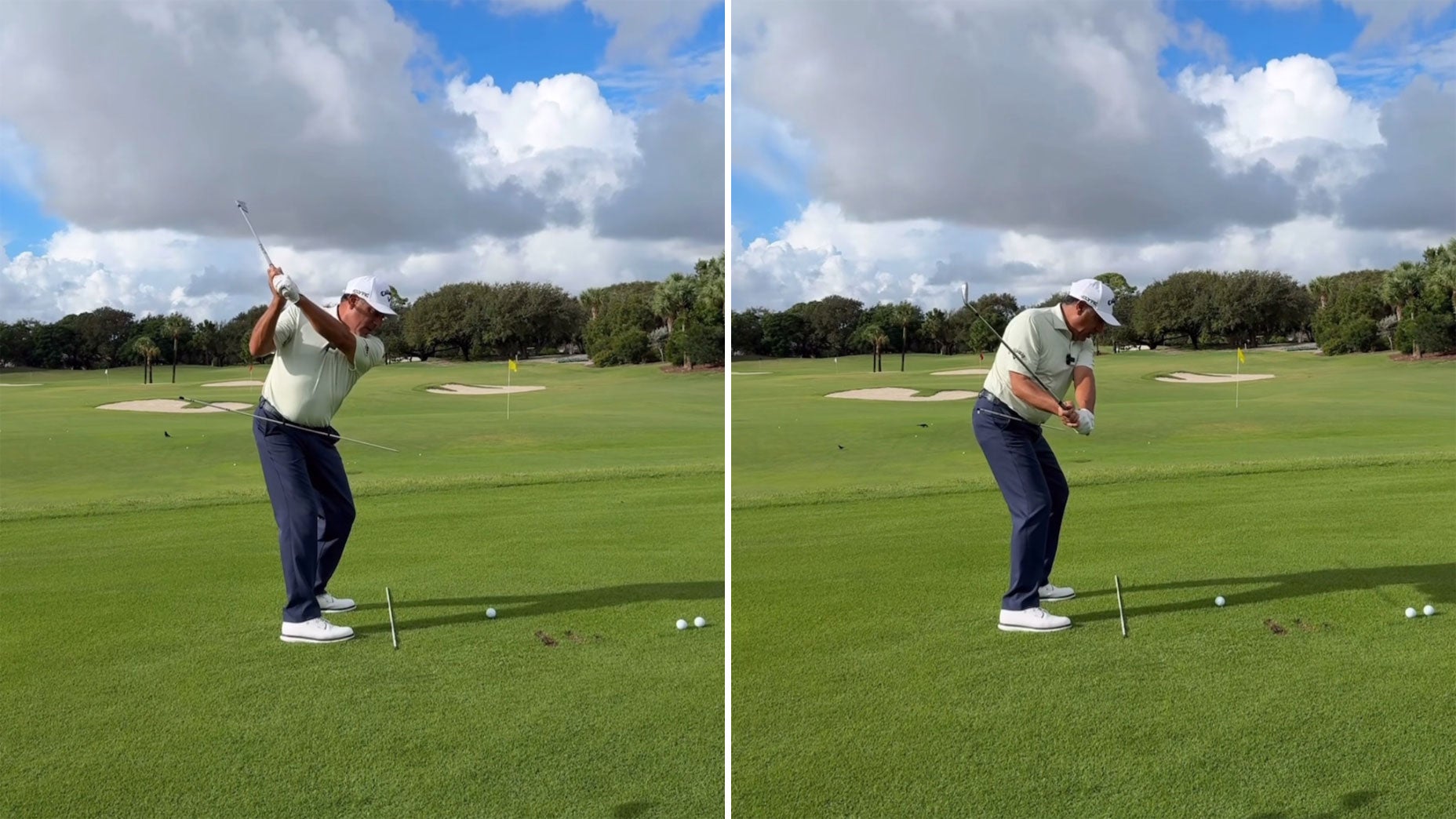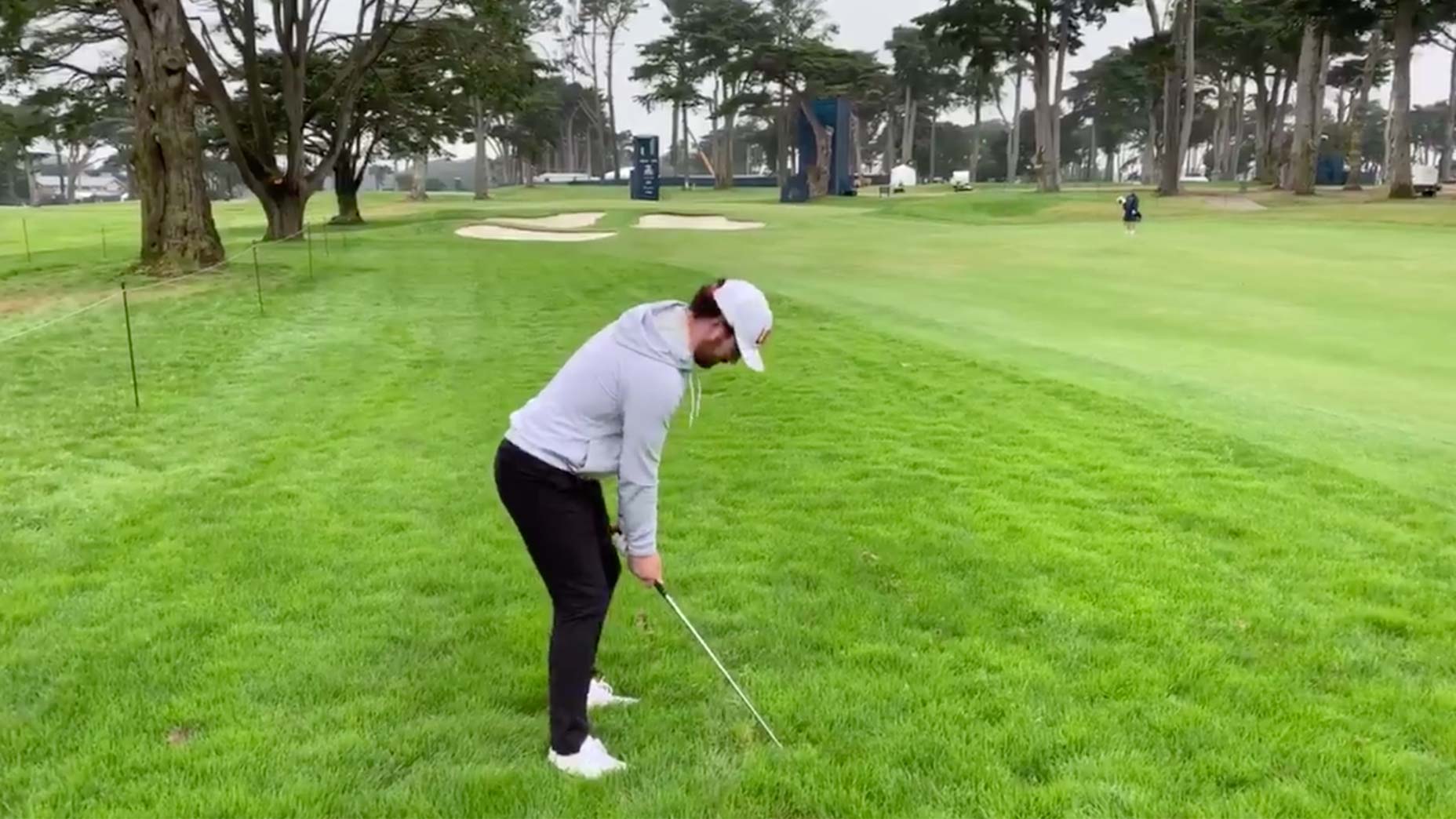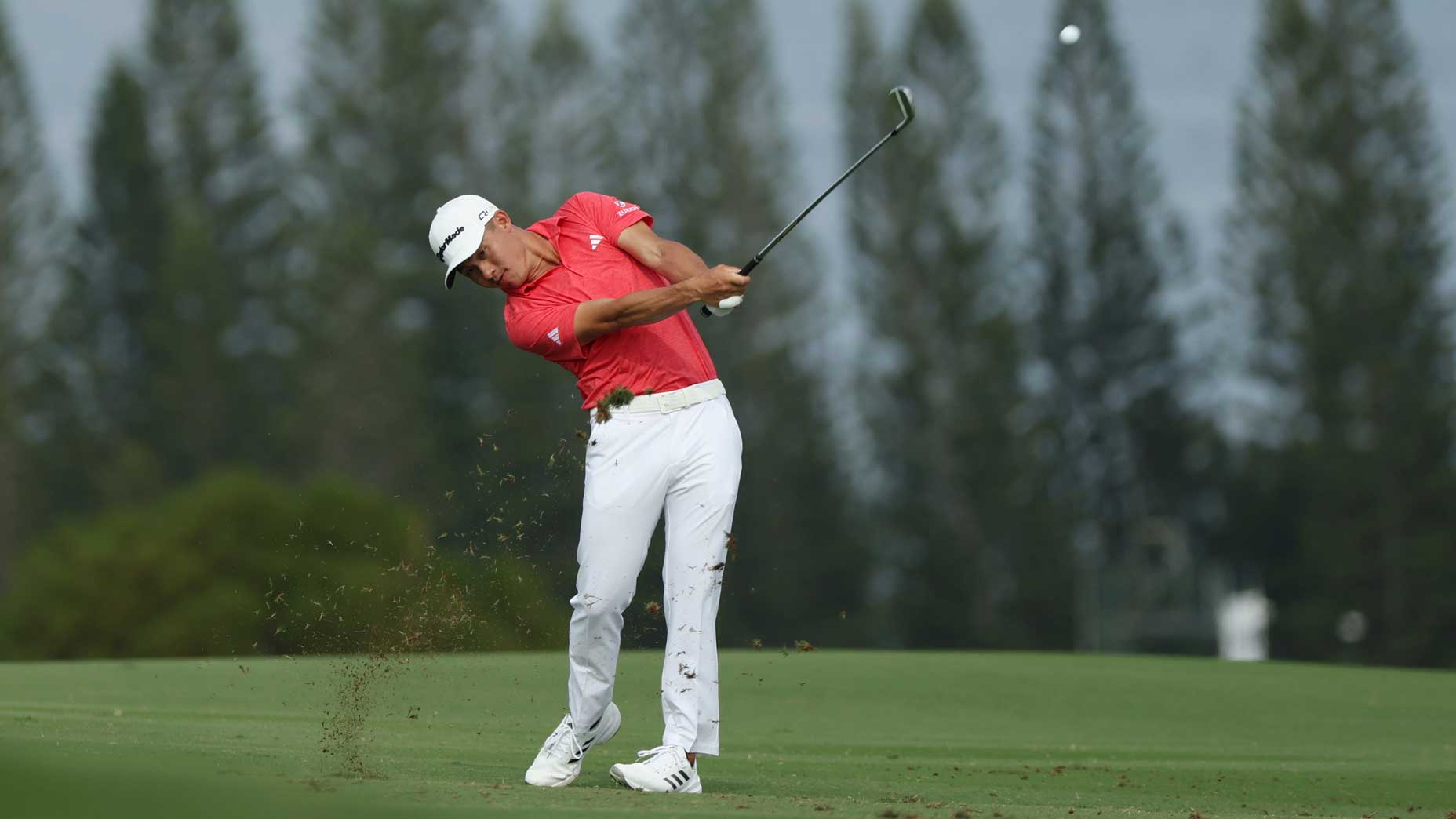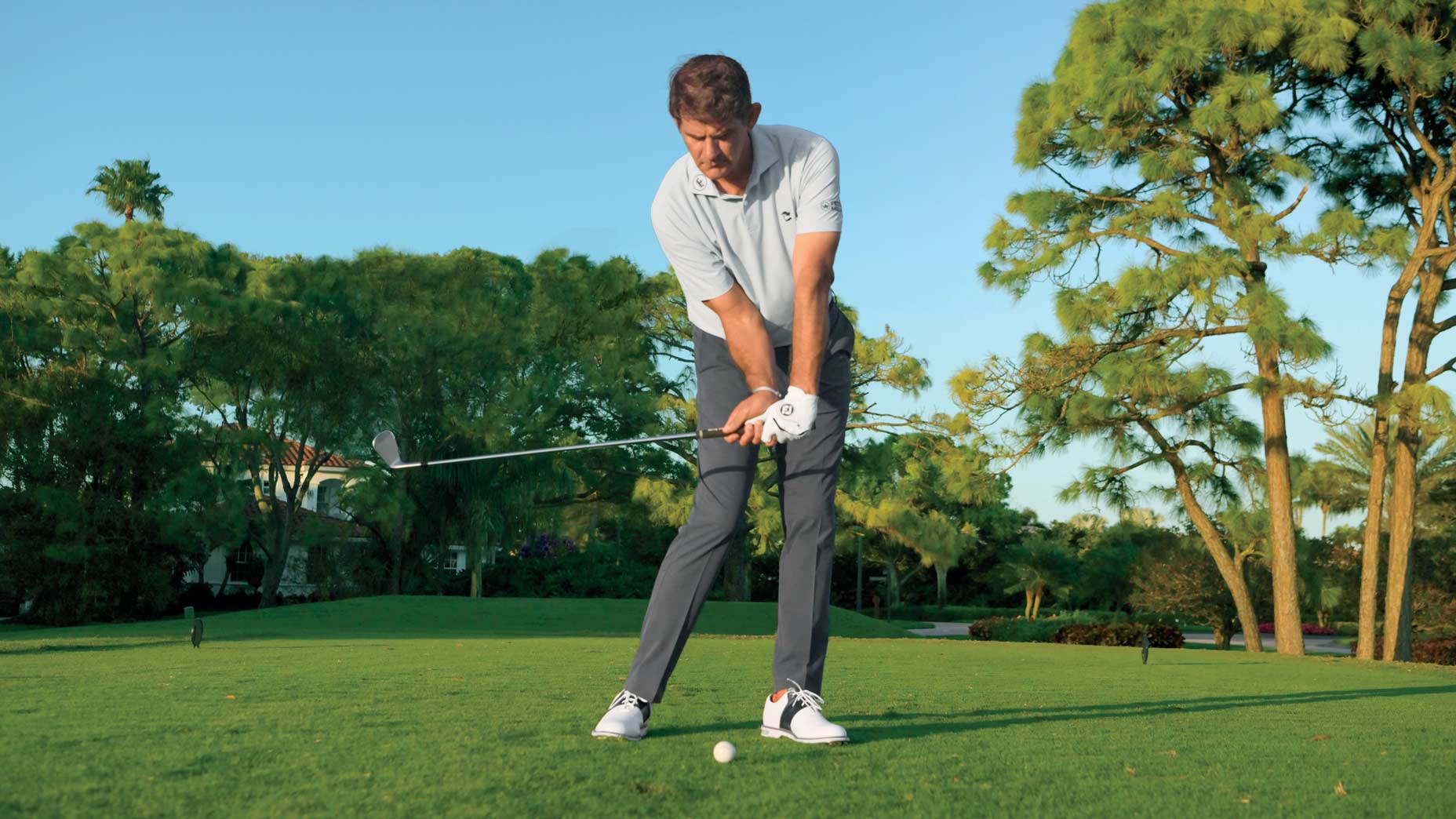 Do this move with your trail elbow for more crisp ball striking
Do this move with your trail elbow for more crisp ball striking
This is the real cause of fat shots, according to cutting-edge golf technology
You’ve just hit a wonderful drive down the middle of the fairway, and you’ve got a good look at the green. Birdie incoming? You pull your club, begin your swing… and then lay the sod over the golf ball as it trundles and comes to rest just a few yards ahead of you. The dreaded fat shot.
We all know the feeling, and we all hate it. Fat shots are one of the most common mis-hits in golf, and something we all want to rid from our games.
But what causes fat shots?
For that question, we turned to two of the smartest people in golf: Sean Webb and Mike Granato, the minds behind Athletic Motion Golf. They’re one of my favorite follows on Instagram, and the authors of a forthcoming article in GOLF Magazine (stay tuned for that).
Armed with the latest GEARS 3D Technology, they helped answer the question of what causes fat shots in golf.
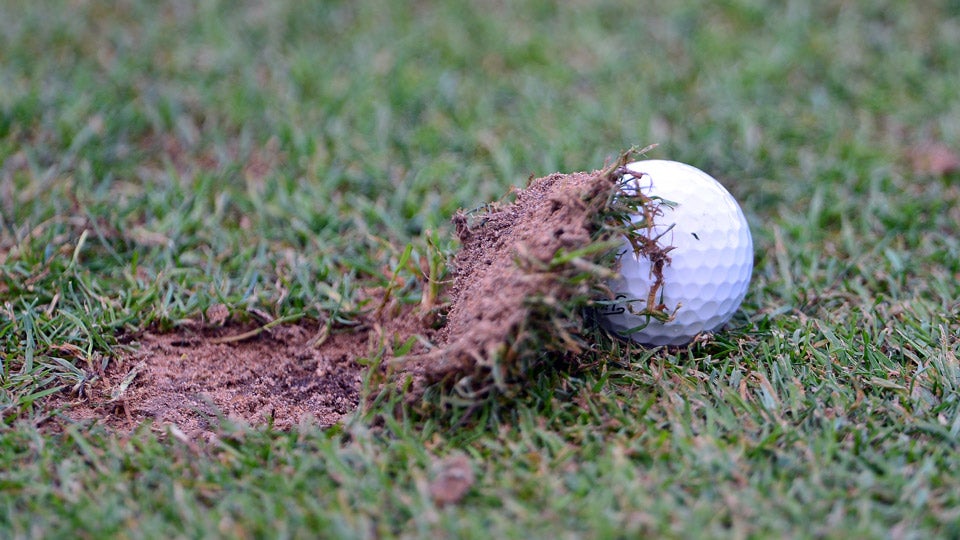
ADVERTISEMENT
What Causes Fat Shots In Golf?
Watch the full video above for more detail, but put simply: When Granato and Webb analyzed pros’ golf swings, they found a very specific sequence of movements:
1. Their centers move off the ball early in the backswing
2. By the time they get to the top of the backswing, their torso and pelvis have “re-centered” back over the ball.
3. Early in the downswing, their centers have moved ahead of the ball.
Amateurs either don’t do these three things, or they do them too late, which makes it’s hard to hit the ball well consistently.
1. Their don’t reach their “max load” until late in the backswing.
2. They spend their early part of the downswing “re-centering.”
Whereas pros have already re-centered by the top of the backswing, amateurs who struggled with fat shots re-center late — sometimes not even until the start of the downswing, according to Granato — leaving themselves with a lot of work to do in a very short period of time. Inevitably, they’ll often re-center too late, which causes inconsistencies and fat shots.
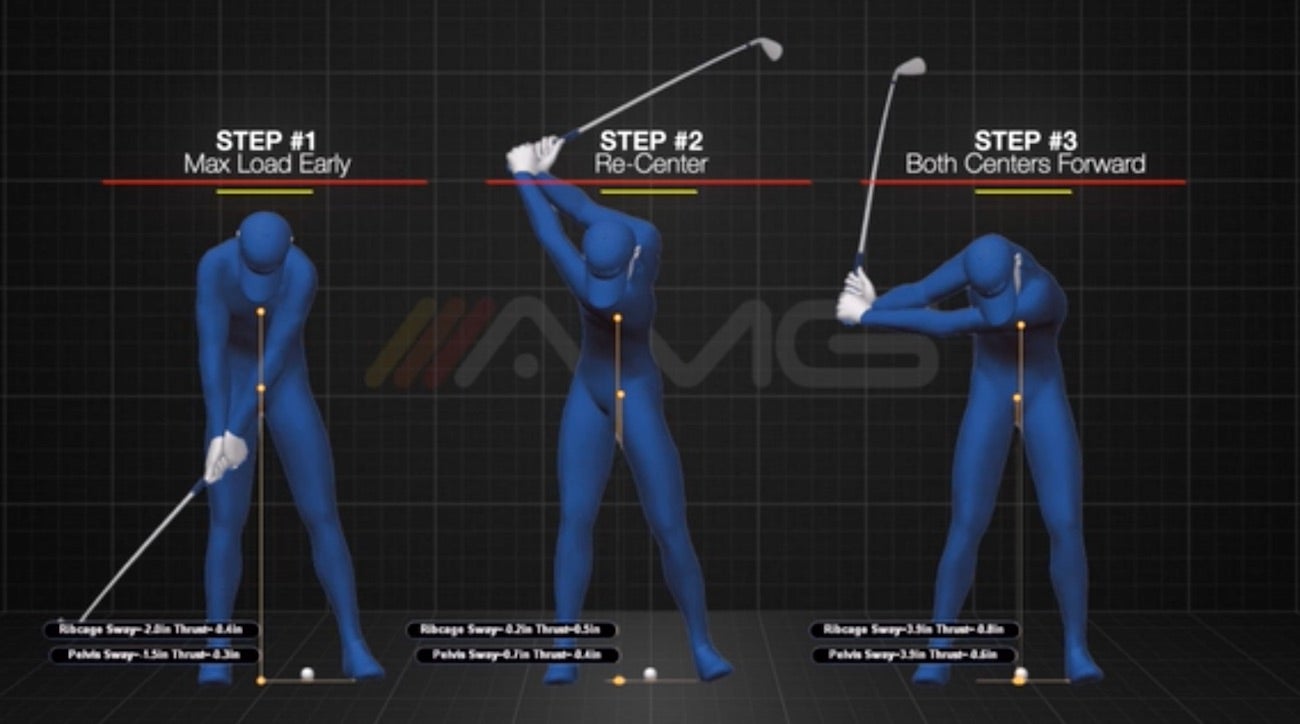
Some truly fascinating insight. Watch the full video above, and for more from Athletic Motion Golf (including a free video for GOLF.com readers, follow this link).
To receive GOLF’s all-new newsletters, subscribe for free here.
ADVERTISEMENT


